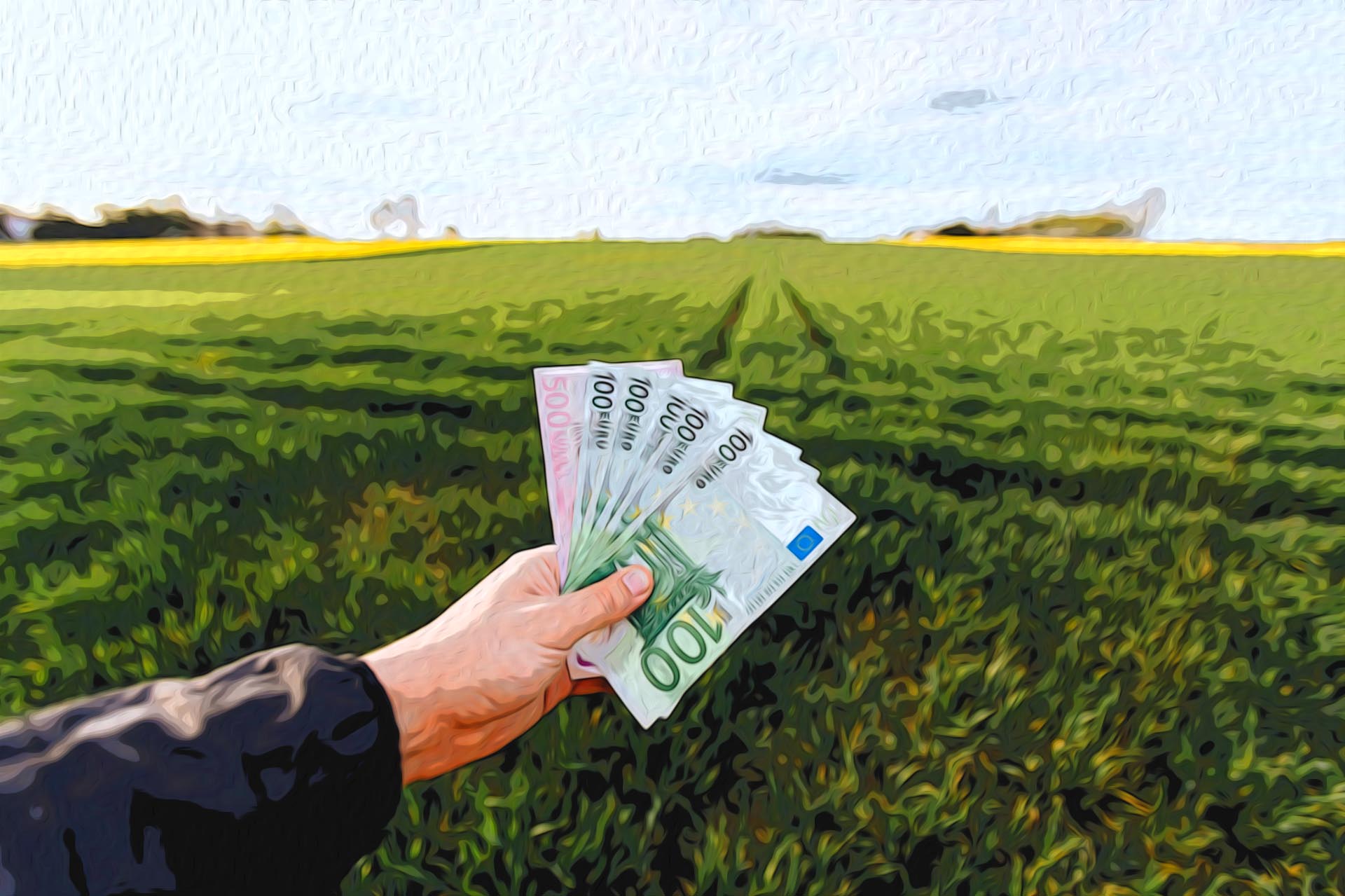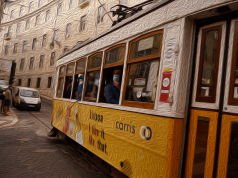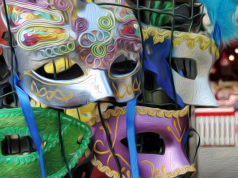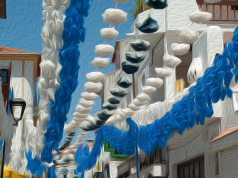Portugal used the currency Escudo for a long time in its history. Currently, the Euro is its official currency. Let’s look at its history and other important details of the currency in Portugal.
Portugal’s Currency: Euro
Portugal is a European Union country that joined the EU in 1986. In the year 1999, the country adopted the currency Euro. Since then, the Euro has been the official currency of Portugal.
History of Currency in Portugal
Before the adoption of the Euro, Portugal’s currency was Escudo. Escudo gold coinage was first introduced in 1722 and maintained to be minted in the 18th century. In the year 1911, after the Republican Revolution in 1910, Escudo was introduced again. The value of the Escudo decreased after 1914 and was at a fixed rate in 1928. Through the years, its value differed. At the time of World War II, Nazi Germany took an interest in Escudos. It sought to make purchases to Portugal and some other countries through Swiss banks.
In the 20th century, however, the value of centavos saw a great decline. To be more clear, Centavo is a former monetary unit equal to ¹/₁₀₀ Portuguese Escudo. As a result of this, the country withdrew the currency from circulation in the 1990s. On January 1st, 1999, it introduced the Euro as the new currency of the country. However, the country spared a transitional period until January 1st, 2002. In the meantime, the Euro existed only as “book money”. It introduced the Euro banknotes and coins on January 1st, 2002. On February 28th, 2002, the former currency was completely withdrawn from circulation, and the Euro became the official currency of Portugal.
Coins
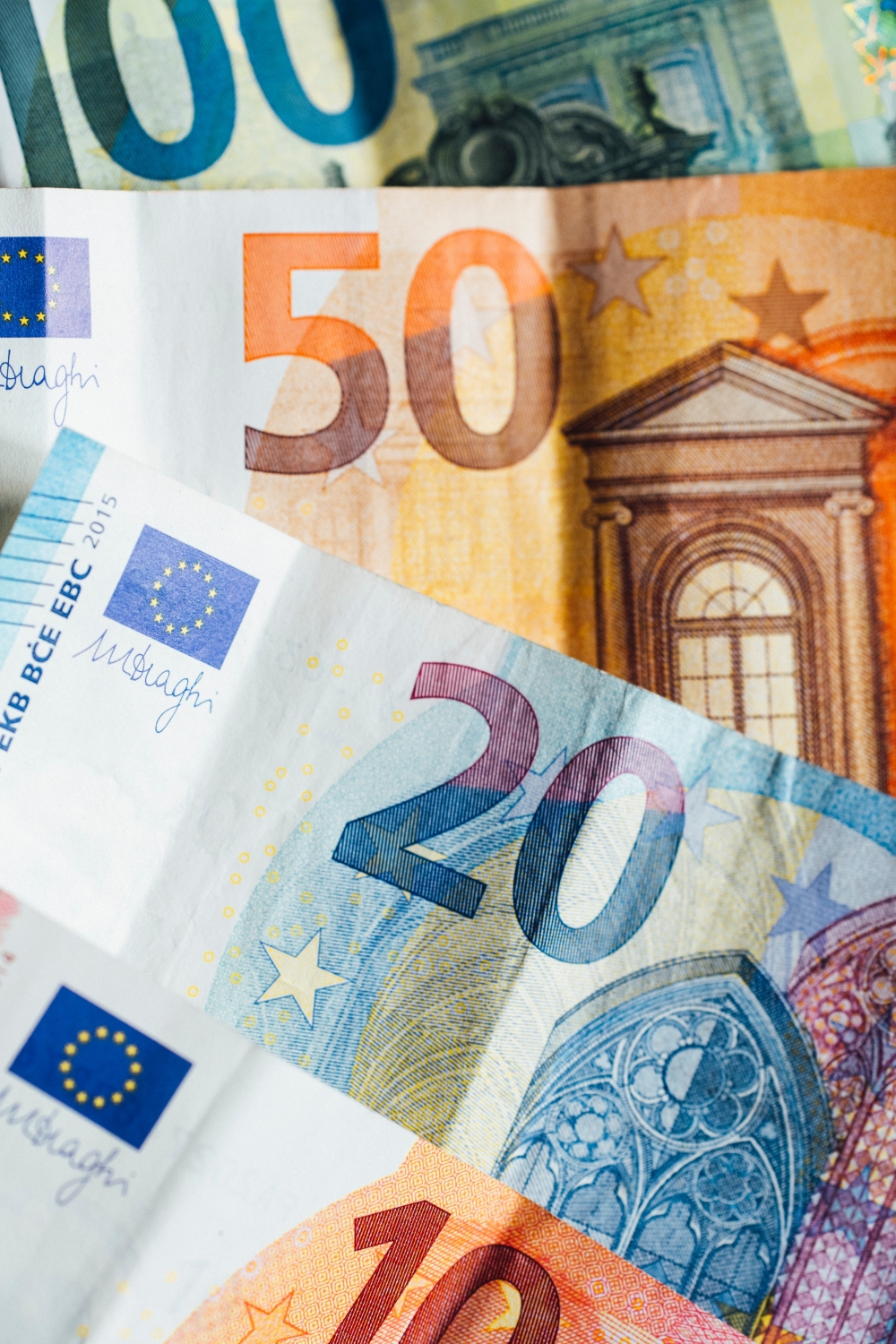
The Euro is divided into 100 cents. The coins are available as 1-cent, 2-cents, 5-cents, 10-cents, 20-cents, 50-cents, €1, and €2. One side of each coin is the same in all countries using the Euro currency. The other side, however, differs according to the nation of the starting point.
In Portugal, you can find coins from different nations because of its international business affairs. So, you can easily collect different types of Euro coins easily.
Banknotes
Banknotes are available as €5, €10, €20, €50, €100, €200, and €500. Each has a different color and elements on the backside. It is possible to use any banknote or coin in Portugal. However, it’s likely that you will not see many banknotes higher than €50.
Cash ATM Withdrawals
If you need to withdraw cash from a bank, don’t worry. There are ATMs called “multibanco” which are open 24 hours. You can find them everywhere in Portugal. Also, each bank has at least one multibanco within the branch. You can find English directions on these ATM machines as well.
You can also exchange cash in any bank or in exchange shops. You may be subject to a little commission charge which is around €3 to €5.
Exchange of Former National Currency
The Central Bank of Portugal (The Banco de Portugal) exchanged escudo coins until December 31st, 2002. It will continue exchanging escudo banknotes until February 28th, 2022.
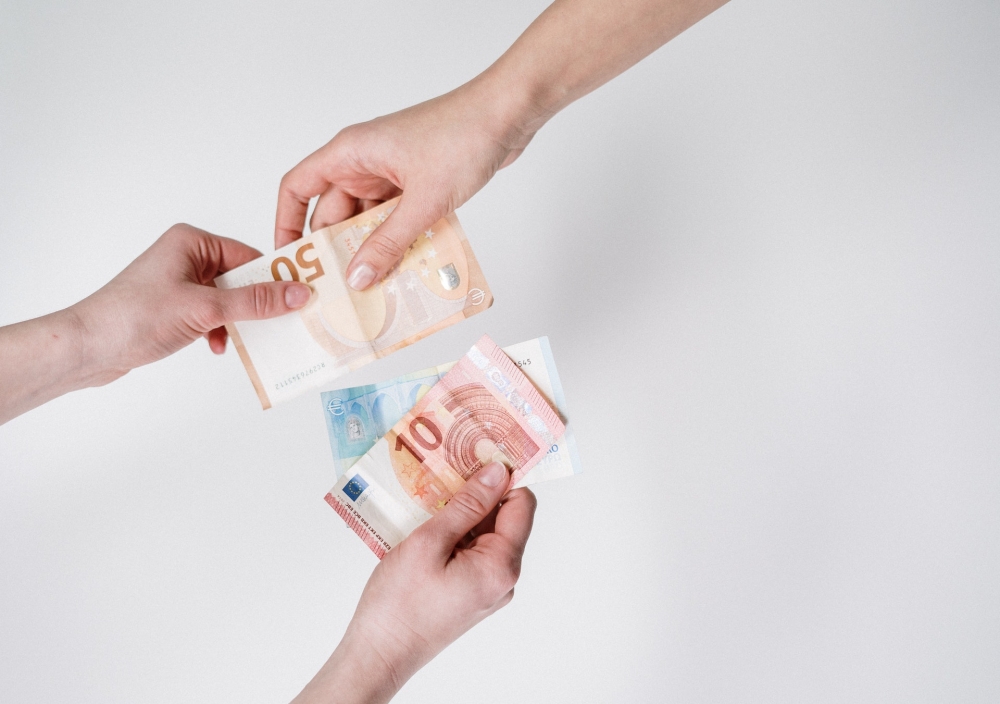
FAQ
Can non-EU citizens use their own country’s currency in Portugal?
The official currency of Portugal is Euro. If you have cash other than Euro, you need to exchange it to use it in Portugal.
How long has Portugal been using the currency Euro?
Portugal adopted the Euro in 1999, and it withdrew the former currency from circulation completely in 2002.
How To Buy Property in Portugal:Read the Guide Buying Property in Portugal

